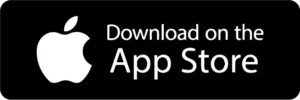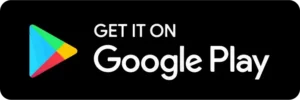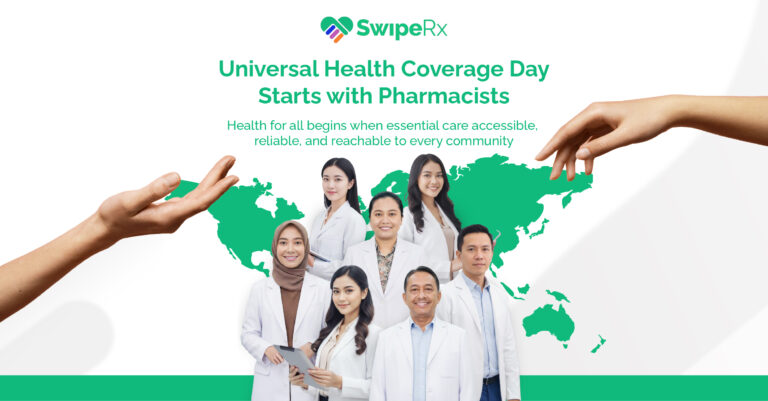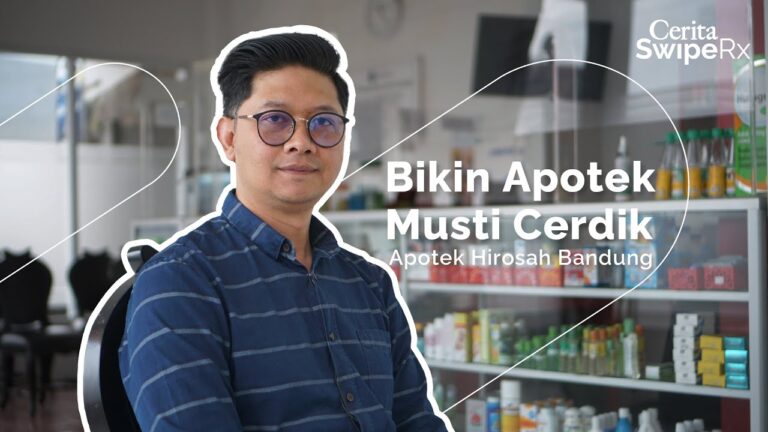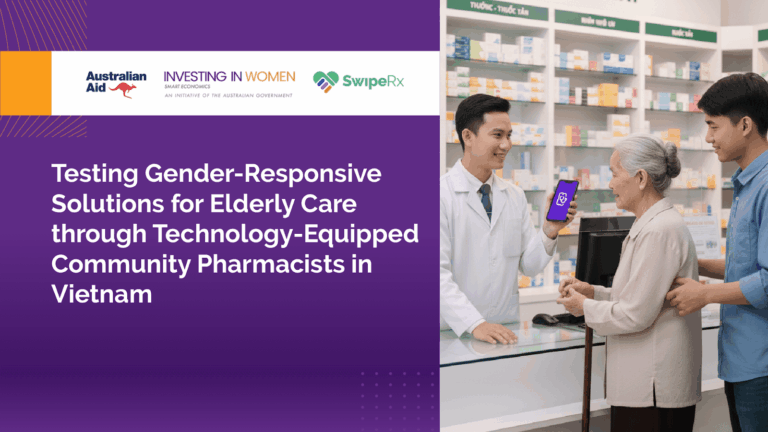Real-time, it’s one of the latest buzzwords. With the evolution of the internet of things real-time solutions are reaching fever pitch across almost every industry. Most food delivery services allow you to monitor the location of your food delivery in real time. Transport providers also offer real-time location tracking. Real-time home automation experiences and real-time business analytics are on the rise. Real-time marketing is also a big trend for fast moving consumer goods – Starbucks recently announced the launch of real-time promotions in store via its mobile app.
However, there is one industry that the ‘real-time outbreak’ hasn’t infiltrated – the healthcare industry. It’s incredible to think that in today’s era of technology, most drug developers are still relying on tedious pen-and-paper systems to detect, assess, understand and prevent the adverse effects of drugs. Ariyani Eka Hermawati from a local clinic in Indonesia says, “the work becomes difficult to control and monitor, and less effective because so much time is spent recording.” Vania Gones from a private hospital in the Philippines agrees. She says, “With an average of 1,000 scripts per day and almost 8,000 types of medicine and consumables, manual documentation of transactions and stock movement is very labor-intensive, time consuming and prone to inaccuracy. The data is critical to planning and evaluation, but collecting and analyzing data manually is very challenging, particularly when there is a drug recall.” This feedback is worrying especially when drug recalls are not a rarity. The absence of electronic data information systems, and real-time data monitoring is jeopardising patient wellbeing.
Case in point: Singapore recalls three brands of high blood pressure medicines
In March 2019, the Health Sciences Authority (HSA) of Singapore recalled three brands of high blood pressure medication affecting 137,000 patients of which, 130,000 patients were prescribed from public healthcare institutions. The three brands in question were Losartas, Losagen, and Hyperten, while seven other brands were unaffected. The recall was a result of higher than acceptable levels of nitrosamine impurities, which the HSA said over a long-period of time has the potential to increase the risk of cancer.
While the HSA was quick to assure the community that there is no immediate risk associated with the affected brands, it’s only reasonable to assume that patients and their families were worried. What makes this particularly concerning is that professionals declared that stopping the medicine without a replacement or equivalent medication could result in poorer blood pressure.
Adding complexity to the situation was the limited supply of safe varieties of the medication. Government officials had to advise healthcare professionals to only prescribe the replacement medication on a month-to-month basis so that all affected patients would have access to the safe varieties until additional supplies of unaffected brands arrived. It was expected that this process would be in place for at least six months as supplies were said to only arrive progressively. Fortunately for patients, MOH declared that charges incurred for services such as additional consultations or tests would be waived.
An urgent need for action
According to a BMJ research report, in the past 15 years, expedited pathway drugs had a 48% higher rate of safety related label changes than drugs approved through non-expedited pathways.
It’s ironic to think that patient health has taken a back seat over technological advances that allow us to know the real-time location of a late-night McDonalds delivery but not the real-time safety of life-threatening medication. The inconvenient truth is, increased data automation via technology is a key way of improving healthcare and giving patients access to better health information.
As many pharmaceutical companies still rely on a manual approach when running patient adherence programs, the next generation of pharmacovigilance is calling for pharmaceutical companies to embrace technology and deploy technology-enabled solutions that ensure proper oversight of all detection, assessment, understanding and prevention matters. As a result pharmaceutical companies can expect increased scalability, reduced admin burden, and most importantly, efficient communication with healthcare providers and patients in the event of a recall. It’s no doubt an increasingly complex environment, but smart technology based stand to offer more efficient and cost-saving opportunities that will improve patient health.
Connect by mClinica is one such solution available in Southeast Asia. It’s a digital patient adherence program for healthcare providers and patients via a real-time dashboard. It plays a dual role as an adverse event reporting tool thereby advancing the speed at which patients can be alerted to drug recalls and educated on subsequent steps that they need to take.
For more information on Patient Adherence Programs visit this link.
You might be interested in:
New data: 1 out of 4 pharmacy professionals in Vietnam improperly dispense antibiotics

